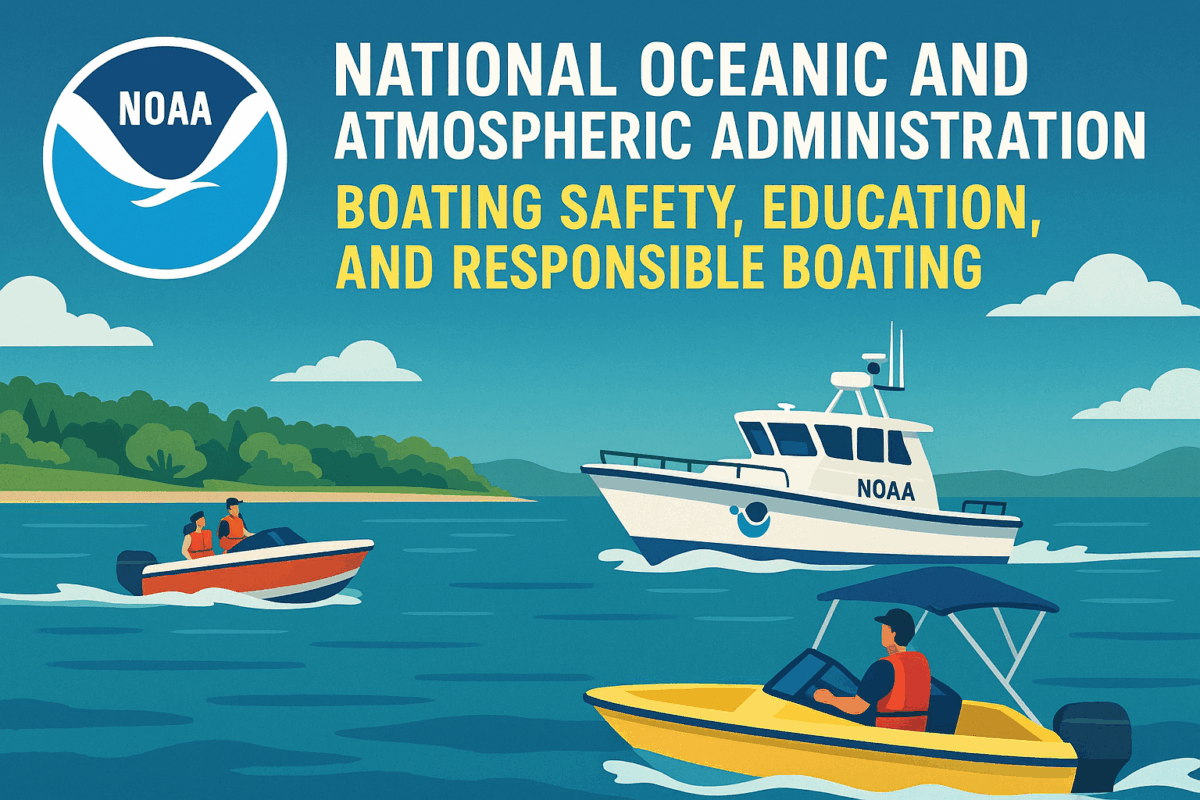Call: 1-800-832-7191

NOAA Education
NOAA Education Supports Safer Boating Nationwide
NOAA plays a key role in promoting boating safety across the United States. From the start, it provides boaters with reliable, science-based resources. These tools help individuals earn a boating certificate, safe boating certificate, or boaters license. Because NOAA Education integrates real-time data into safety courses, students gain practical knowledge. As a result, they make better decisions on the water. Instructors also rely on NOAA’s resources to teach weather awareness and navigation skills.
Connecting Science with Boating Safety Training
Through collaboration with NASBLA and the U.S. Coast Guard, this education strengthens certified boating safety programs. It offers accurate marine forecasts, tide charts, and hazard alerts. Therefore, students learn how to interpret conditions before heading out. In addition, NOAA’s tools appear in many state-approved courses. These resources help boaters meet licensing requirements while improving their safety awareness. Course providers use NOAA data to explain real-world scenarios. Consequently, boaters become more confident and prepared.
NOAA Education Enhances Public Access to Safety Tools
NOAA Education also reaches the public through mobile apps, websites, and outreach campaigns. For example, boaters can check weather conditions instantly using NOAA’s marine forecast tools. This accessibility encourages responsible boating and reduces risk. Moreover, NOAA promotes environmental stewardship alongside safety. Boaters learn how to protect marine ecosystems while staying safe. Because these tools are free and easy to use, they support both new and experienced boaters.
Why NOAA Education Matters for Every Boater
Every boater benefits from these resources. Whether earning a boaters license or renewing a safe boating certificate, NOAA’s data improves safety. It connects science with everyday boating decisions. Furthermore, it helps instructors deliver more effective training. NOAA Education empowers boaters to stay informed, avoid hazards, and respect the environment. With its broad reach and trusted information, they remain essential to safe boating across all U.S. waters.
